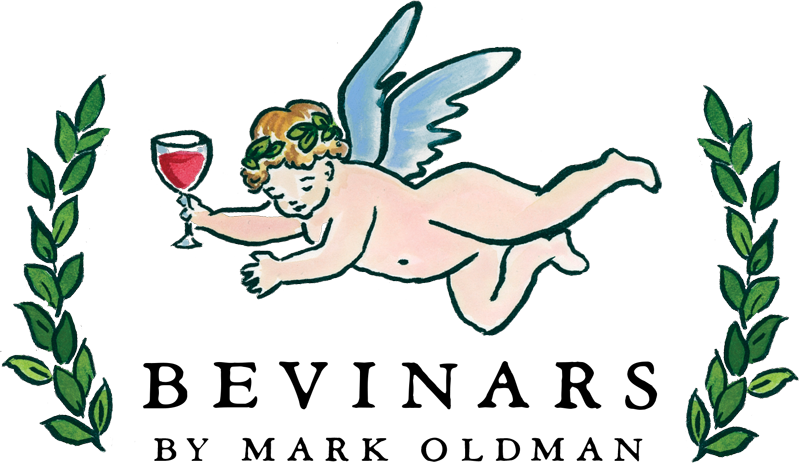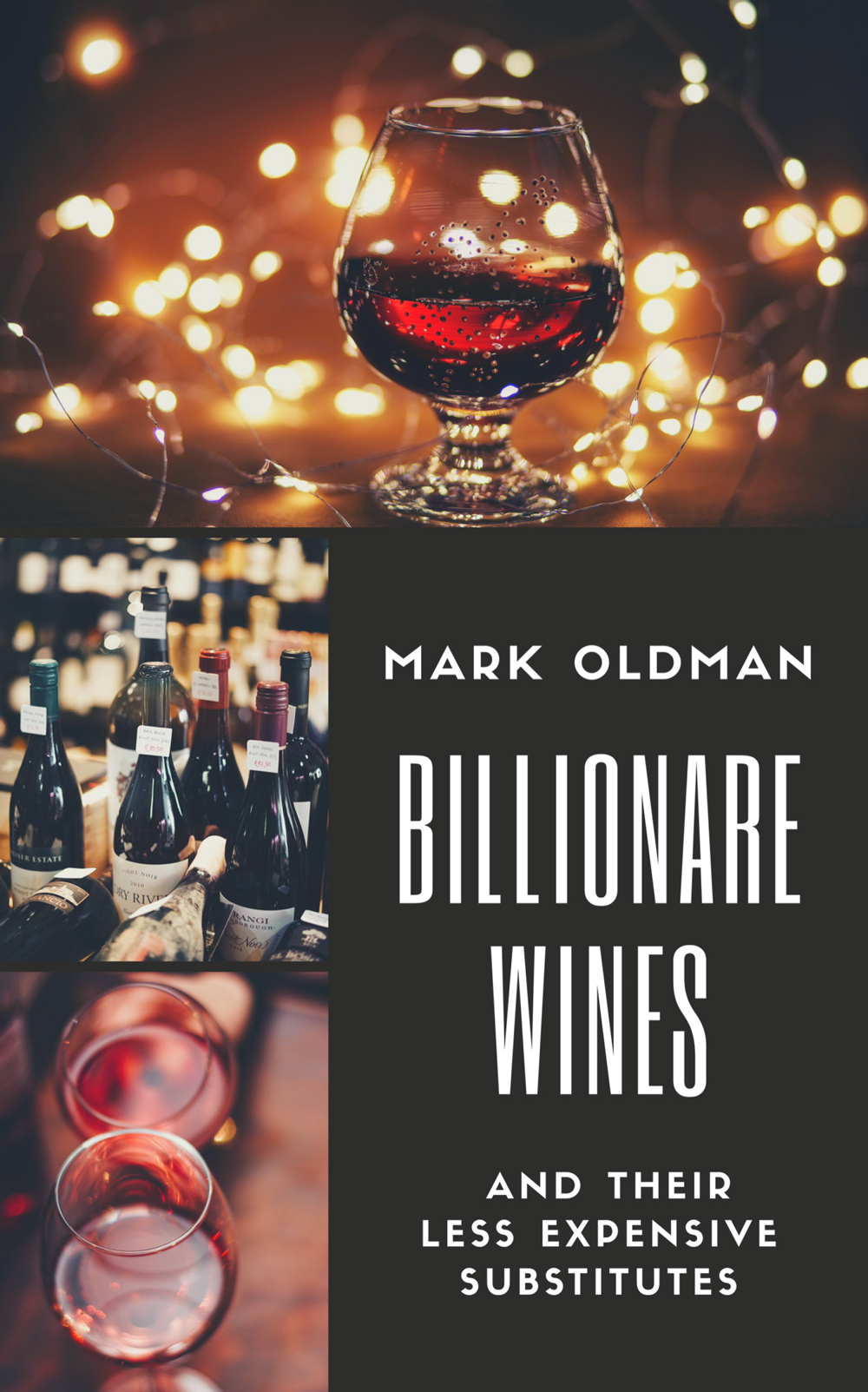Wine and cheese pairings
The best wine and cheese pairings 2023
If you love cheese and enjoy entertaining, then keep reading as knowing how to pair wine with cheese will make your tastebuds rejoice, and have your guests returning for more.
While there are general guidelines or principles to consider when matching wine with cheese, it’s important to remember that personal preferences also play a significant role in determining what combinations you enjoy. For example, some people dislike blue cheese, while others have aversions to brie or camembert.
As a starting point, it’s good to keep in mind that cheeses vary in fat content, texture and flavor while wines have different levels of acidity, sweetness and body.
And while there are myriad cheeses to choose from, and so many varieties of wine, don’t be daunted. Here are two essential rules to get you started:
- Brie, Camembert, goat and mozzarella are best paired with sparkling wine or white wine.
- Blue-veined cheese or any super-stinky cheese such as Stilton or Gouda generally needs a big, full-bodied red wine, or a sweet rich dessert wine.
Here are some extra tips to help you navigate the world of cheese and wine pairing:
- Match intensity: Pair wines and cheeses with similar intensities. Light-bodied wines such as Sauvignon Blanc or Champagne/Sparkling Wine go well with fresh, soft cheeses like goat cheese, Brie or mozzarella. On the other hand, robust red wines such as Cabernet Sauvignon or Syrah complement aged, hard cheeses like Cheddar or Parmesan, as well as blue cheese.
- Consider flavors: Think about the flavors in both the wine and cheese. For example, a creamy and buttery Brie can be paired with a Chardonnay, which often exhibits similar characteristics. Similarly, a fruity and aromatic Gewürztraminer can enhance the flavors of a spicy cheese like Gouda. A strong, forceful Stilton requires a heavy red wine.
- Balance acidity: Acidic wines like Sauvignon Blanc or Riesling can balance the richness of fatty or creamy cheeses. They help cleanse the palate and refresh your taste buds. For example, try a crisp Sauvignon Blanc with a tangy goat cheese.
- Complement or contrast: You can choose to either complement or contrast flavors. Complementary pairings bring out similar flavor profiles, like a nutty Gruyère with a nutty, caramel-like Sherry. Contrasting pairings involve combining different flavors to create balance, such as a salty blue cheese with a sweet Port wine.
- Experiment: Don’t be afraid to try new combinations and trust your own taste buds. Everyone’s preferences differ, so what works for one person might not work for another. Explore different cheeses and wines to find your own favorite pairings.
Remember, these guidelines are a starting point, and there are countless combinations to explore. Enjoy the process, have fun, and savor the experience of discovering your perfect cheese and wine pairings!
Wine & Cheese Chart
Cheese Type: Gooey Cheeses
Examples: Brie, Camembert
Wine Matches: Crisp whites like Sauvignon Blanc and Champagne; lighter, crisp reds like Pinot Noir and Beaujolais
Avoid: Heavy, tannic reds such as Cabernet Sauvignon and Barolo (texture clash and bitterness)
Cheese Type: Firm, mild cheeses
Examples: Manchego, Parmigiano-Reggiano, Dry Jack, Cheddar
Wine Matches: Everything, including fine old reds
Cheese Type: Fresh Cheeses
Examples: Goat Cheese, Buffalo Mozzarella, Feta Cheese
Wine Matches: Crisp whites like Sauvignon Blanc and Champagne; lighter, crisp reds like Pinot Noir and Beaujolais
Avoid: Heavy, tannic reds such as Cabernet Sauvignon and Barolo (which will overwhelm the cheese)
Cheese Type: Stinky Cheeses
Examples: Limburger, Taleggio, Appenzeller, pungent styles of Camembert
Wine Matches: Heavy, tannic reds
Avoid: Most whites and light reds; Fine old reds (which get overwhelmed by the cheese)
Cheese Type: Blue-veined Cheeses
Examples: Roquefort, Iowa Maytag, Stilton, Gorgonzola
Wine Matches: Heavy, tannic reds; Sweet Dessert Wine (Sauternes, Late Harvest Riesling, Hungarian Tokaji Aszú, Canadian Ice wine)
Avoid: Most whites and light reds; Fine old reds (which get overwhelmed by the cheese)
Cheat Sheet:
Dry, mild cheese is the closest there is to a universal match with wine; soft and fresh cheeses prefer white or bubbly, while super-stinky cheeses need a big red or sweet rich dessert wine.
Outsmart the Table:
Contrary to conventional wisdom, white wines and bubbly are often the best match for the cheeses we encounter on a daily basis, such as Brie, goat, and Mozzarella.


